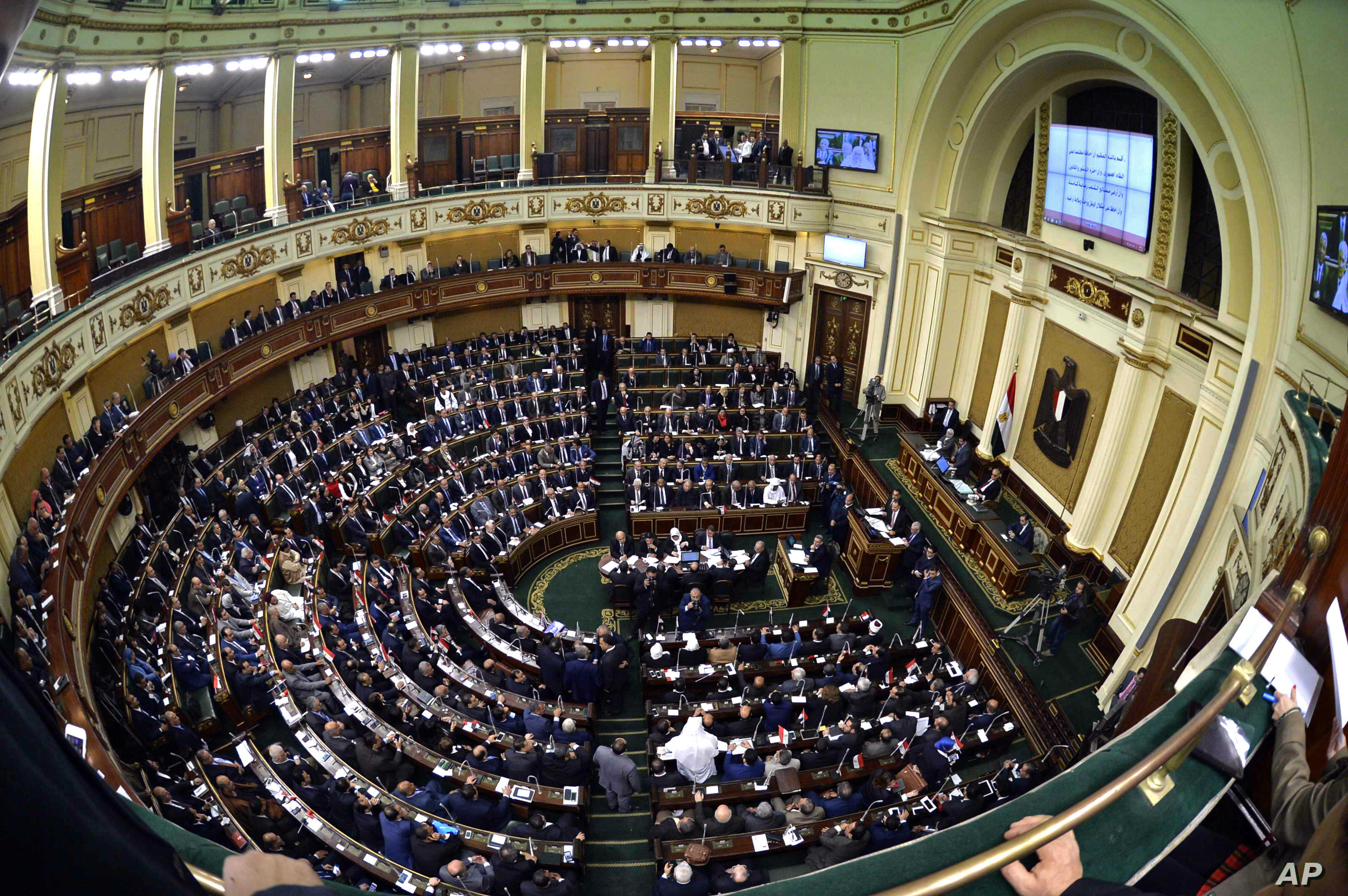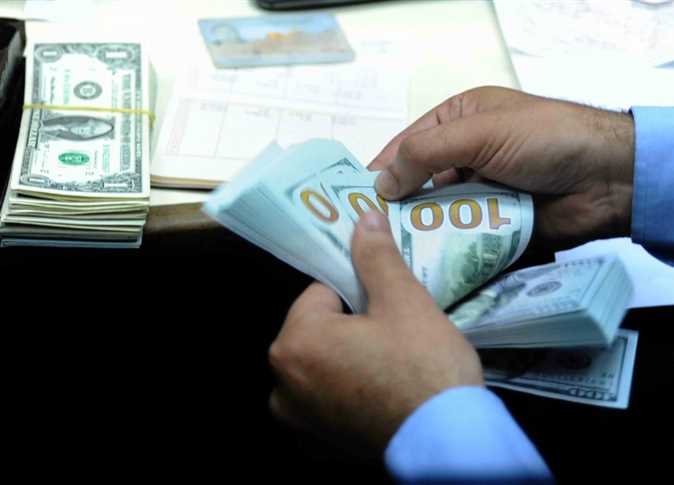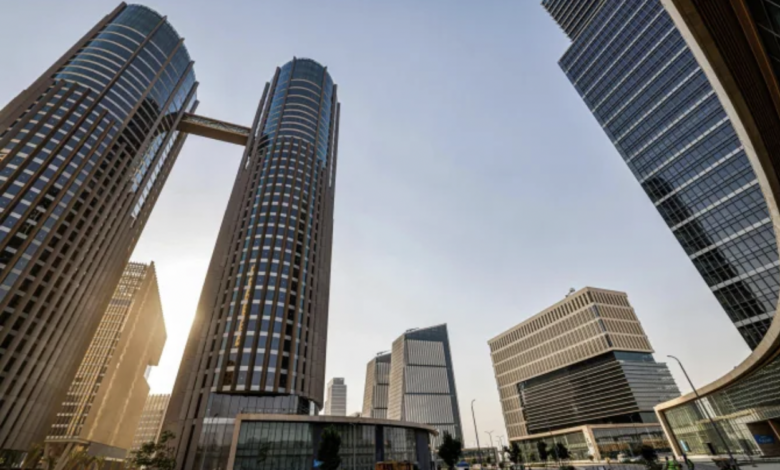
Egypt’s “New Administrative Capital,” a new city deep into construction outside Cairo, has prompted plenty of blue-sky thinking. But few ideas have been as ambitious as powering a skyscraper with hydrogen.
The Forbes International Tower, a 240 meter (787 feet) tall office building due to be constructed close to the Iconic Tower — Africa’s tallest building — was planned from the outset to be environmentally conscious. Designed by Gordon Gill of Adrian Smith + Gordon Gill Architecture, the firm behind Central Park Tower, New York, and the upcoming Jeddah Tower, Saudi Arabia, its developer Magnom Properties has now revealed it intends to achieve a net-zero carbon footprint by powering the 43-floor office building via clean hydrogen, supplemented by solar panels on its facade.
Powered by 75% hydrogen and 25% photovoltaics, the building would not rely on a traditional power grid, according to Magnom, its developer. Magnom said constructing with materials with “low-embodied carbon” — materials with reduced associated emissions via their sourcing, manufacture and eventual disposal or reuse — could cut the carbon footprint of its construction by 58%. Meanwhile, water recycling and treatment on site will reduce freshwater demand — vital in an increasingly water-scarce country.
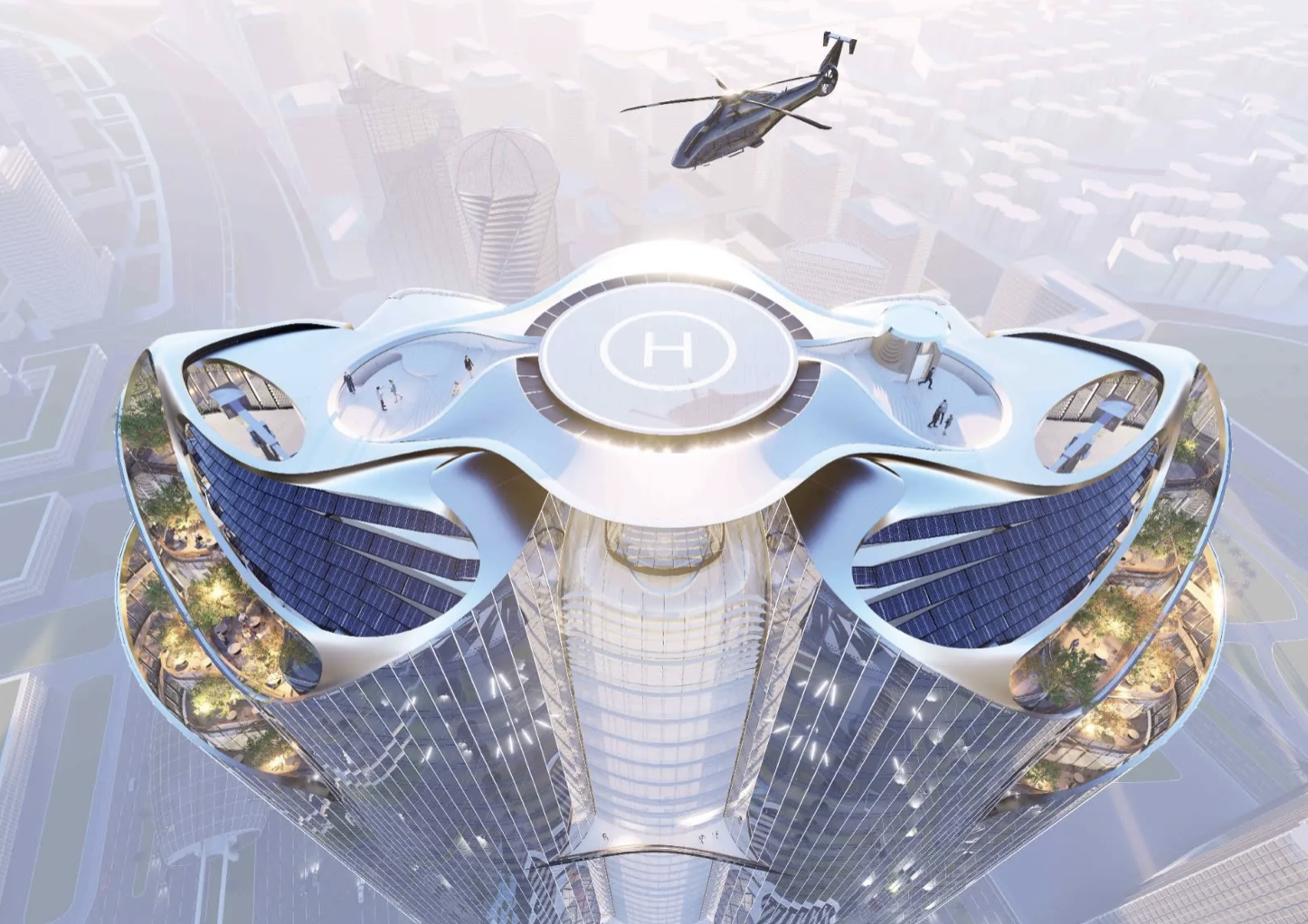
Through these methods, Magnom says it aims to achieve a “net-negative carbon vision” (removing more carbon than it emits) for the skyscraper over its lifecycle, and to become the first skyscraper in the world to register for Zero Carbon Certificate from the International Living Future Institute.
The buildingmarks the latest chapter in net-zero architecture, following the likes of Foster + Partner’s Z6 tower in Beijing, which has net-zero operational emissions, and the upcoming Curzon Wharf in Birmingham, England, featuring a 565 foot tower as part of a large, net-zero carbon mixed-use development.
Using hydrogen to reduce a building’s emissions is a novel approach, however. A potentially clean and renewable energy source — though only when sourced and produced through certain methods — hydrogen is an abundant asset little-utilized at this scale in architecture or by private enterprise.
In recent years hydrogen has received significant attention from governments including the Biden administration, with US Energy Secretary Jennifer Granholm calling it the “Swiss army knife of zero-carbon technologies” in 2023. However, critics have questioned how quickly production can be ramped up to meet the energy demand currently met by fossil fuels.
Magnom Properties has signed an agreement with Schneider Electric and H2 Enterprises to explore using LOHC technology as the skyscraper’s power source.
LOHC — liquid organic hydrogen carriers — are organic compounds that absorb or release hydrogen through chemical reactions, and can be used to store manufactured hydrogen and transport it in a stable form from source to end user. Liquid hydrogen compounds also mean existing fossil fuel transport infrastructure could be adapted for re-use with the new technology. Once transported, the hydrogen can be stripped from the LOHC and placed in a fuel cell to produce electricity.
The agreement, per Magnom, will assess the “design, space requirements and economic viability” of using clean hydrogen for the Forbes International Tower, meaning it’s not certain that hydrogen will be the eventual power source.
Other architects are also wrestling with alternative power sources and transmission to meet the energy needs of high-density environments.

Another giant of architecture, Skidmore, Owings & Merrill (SOM), recently announced a partnership with energy storage company Energy Vault to develop a gravity power storage system within a megatall skyscraper.
The design — which could reach 3,000 feet high — would utilize an electric motor to raise giant blocks up through the building during periods of low energy demand; then during periods of high demand the blocks would be lowered, powering a motor and converting the stored energy back into electricity. SOM is also exploring integrating pumped storage hydropower into buildings, using water instead of blocks (an approach already taken by some dams).
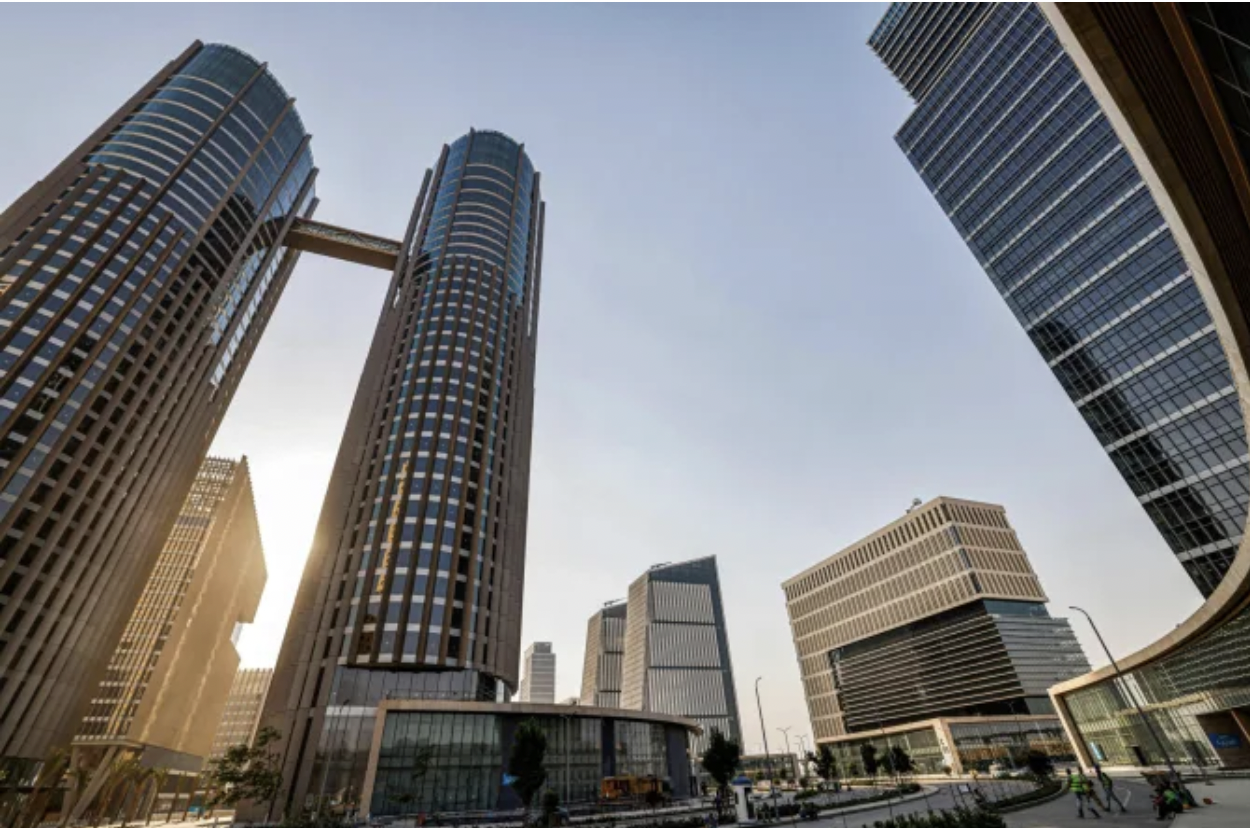
However it sources its power, the Forbes International Tower will rise in the heart of the New Administrative Capital’s central business district, where domestic and international companies are already moving in.
The smart city, a satellite of Cairo touted for its sustainable credentials, began construction in 2016. Though ongoing, many key buildings have now been completed for the project, which has been estimated to cost around $58 billion.
Main image credit: Courtesy Magnom Properties/AS+GG



